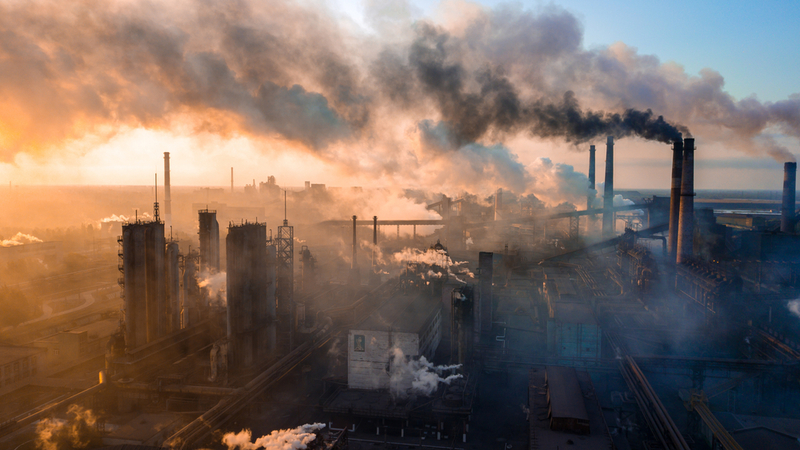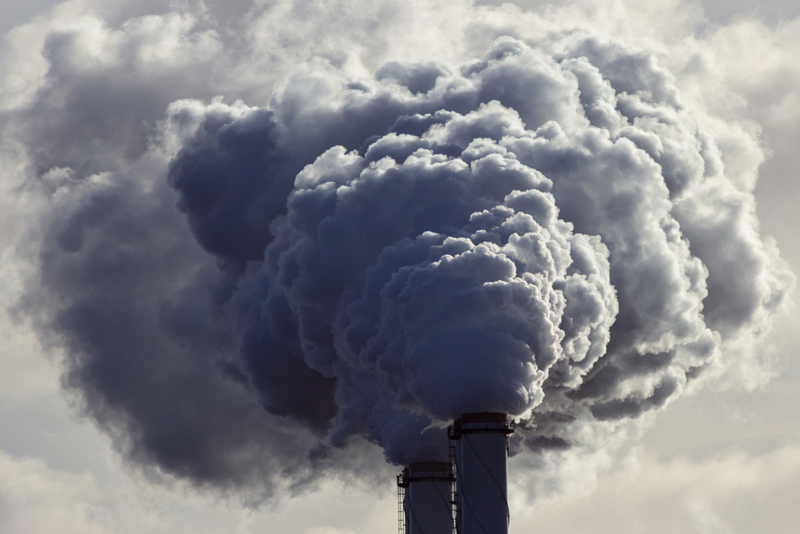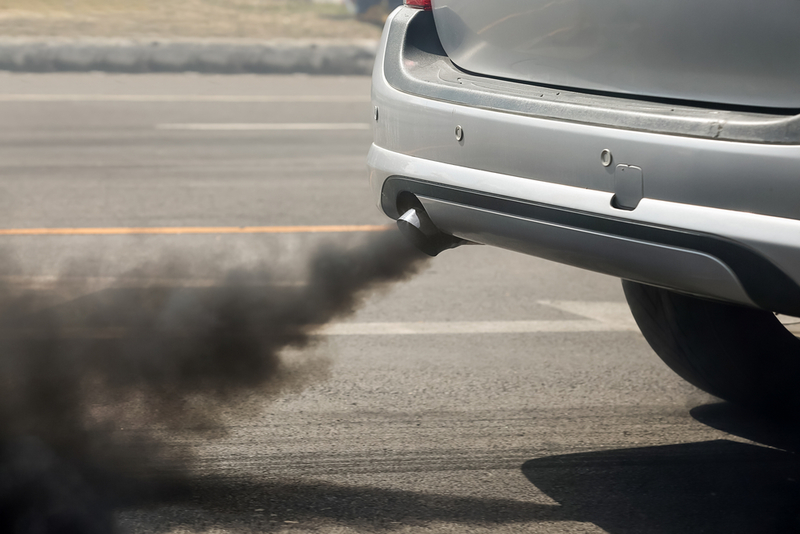
Well with AIR-INK, the absurd becomes a reality in the form of a product that converts air pollution to ink.
Graviky Labs converts the tiny particulate matter (PM2.5) found in equipment exhaust caused by the combustion of fossil fuels — what we could refer to as soot — into black ink. Whether from automobiles and trucks, generators and industries, what millions of people would have breathed or tainted water and soil may now be utilized for drawing and printing. Graviky Labs was developed out of Anirudh Sharma’s work as a PhD student at MIT Media Labs in Cambridge, Massachusetts. He snapped a photograph of a white wall coated with a triangle of soot created by diesel generator exhaust during his studies on a 2012 vacation home to India. He saw an opportunity in the pollution.

Carbon black results from the incomplete combustion of petroleum fuels that are often used to make ink and is also found in rubber, paints, and plastics. Instead of burning more fossil fuels to manufacture ink, Sharma and his colleagues sought to create ink from already-produced vehicle and equipment emissions, lowering particulate matter in the air from these sources. A 2013 experiment using candle soot and an adapted printer cartridge established a lab in India in 2015, where pollution regulations are less stringent than in the United States, allowing for more straightforward particle collection and testing.
KAALINK is a tiny device that may be retrofitted to exhaust pipes due to the trial and error associated with installing unusual equipment to automobiles in Bangalore to collect PM2.5. This electrical and mechanical system can capture 95% of PM2.5 in exhaust without impairing engine performance.

Several Indian enterprises have approached Graviky Labs to dispose of particle debris that might otherwise wind up in a river or landfill. A 2017 Kickstarter campaign generated over 40,000 Singapore dollars (equivalent to over $29,000 in US dollars) from over 680 donors. Additionally, Tiger Beer of Singapore worked with Graviky Labs on an art campaign, making AIR-INK accessible to artists in locations like Hong Kong, Berlin, and London to create murals and other public artworks. Graviky Labs has cleaned 1.6 trillion litres (98 trillion cubic inches) of air since 2016, creating over 1,200 litres (73,000 cubic inches) of AIR-INK. However, with the KAALINK device customizable for more extensive applications such as manufacturing smokestacks and capable of directly catching particles from the air, those figures should only climb. Sharma and his collaborators might then expand to industrial uses such as inkjet printers, textiles, and publishing.